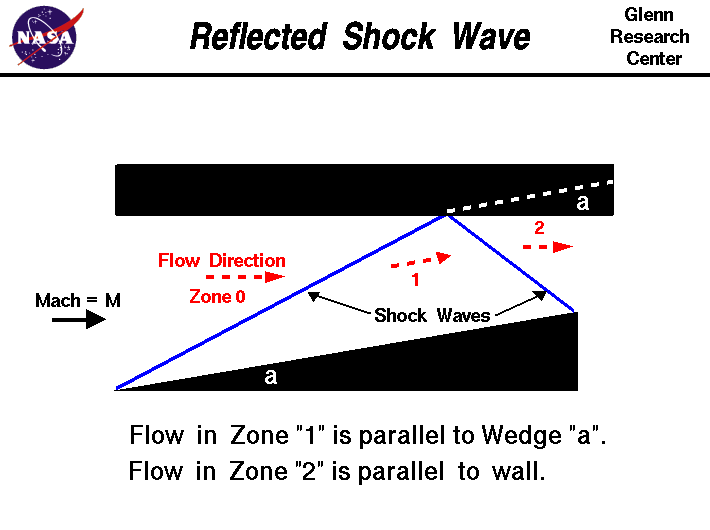 A shock wave is a type of disturbance propagating outward. Just like any ordinary wave, it carries with it energy that spreads out through solid, liquid, or gas mediums. In some cases, shockwaves can also spread out without those mediums, but through specific fields like the electromagnetic field.
A shock wave is a type of disturbance propagating outward. Just like any ordinary wave, it carries with it energy that spreads out through solid, liquid, or gas mediums. In some cases, shockwaves can also spread out without those mediums, but through specific fields like the electromagnetic field.
A shock wave is characterized by the sudden and nearly discontinuous change within different mediums.
It is caused by the tremendous rapid rise in temperature, pressure, or even with the density of the flow in the atmosphere. In a conventional supersonic flow, the expansion is attained through expansion fans.
Shockwaves always travel at much higher speeds when compared to the usual, ordinary wave. Unlike other kinds of non-linear waves, the shock wave’s energy disperses quickly as it travels. However, the approach of the accompanying expansion wave partially cancels out the energy as it merges with the shock wave. This is what causes the sonic boom which comes with the passage of any supersonic aircraft through the sound wave that results in a expansion wave merger.
Physically, shockwaves in the air are typically heard of as that loud snap or cracking noise. And over long distances, shockwaves can naturally change from non-linear waves into linear waves. This then degenerates into a sound wave conventionally as it reacts to its surroundings, heating the surrounding air thereby losing the energy. This sound wave is the normal thump or thud of the sonic boom that is commonly created in flight of a supersonic aircraft.
